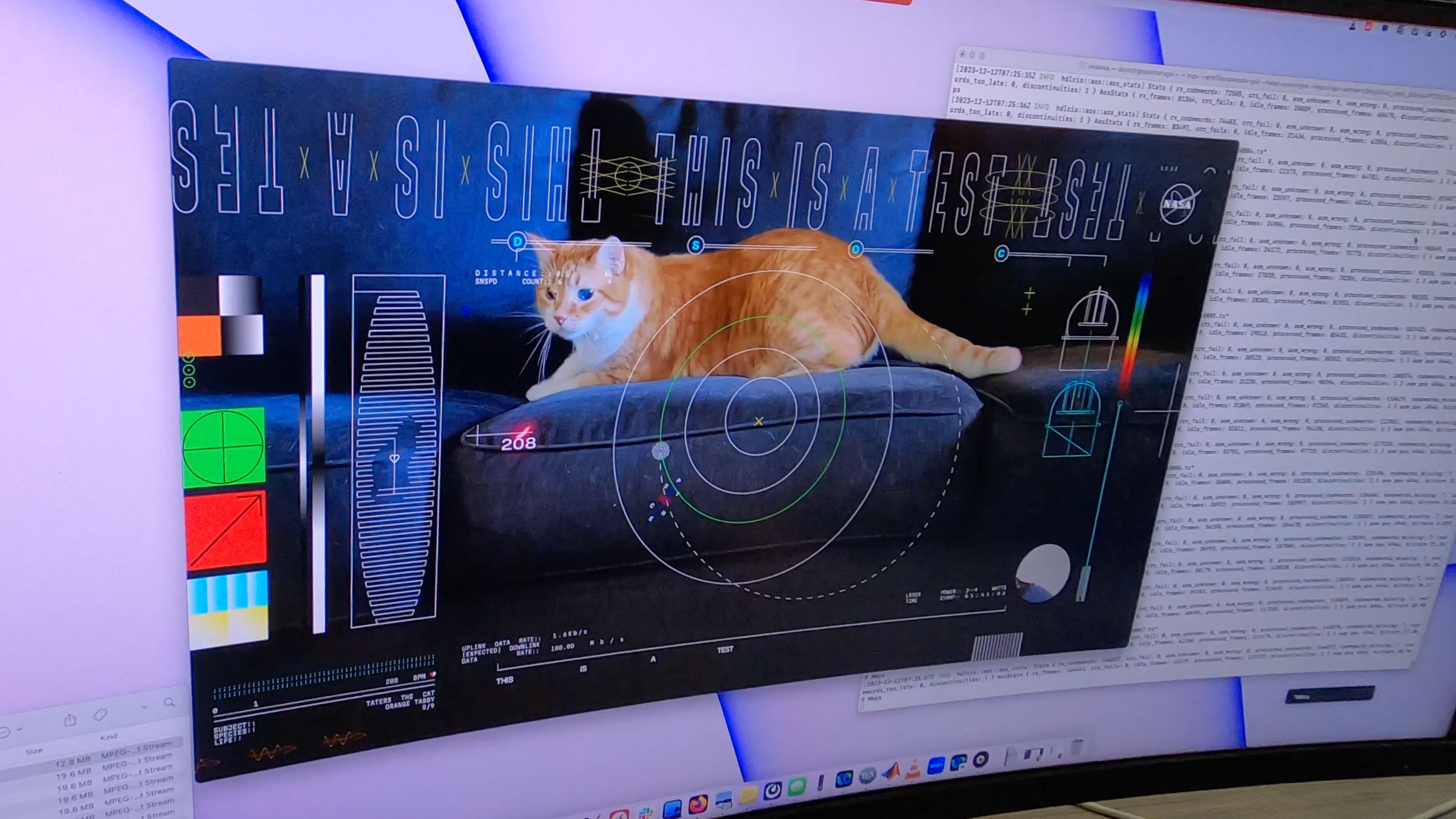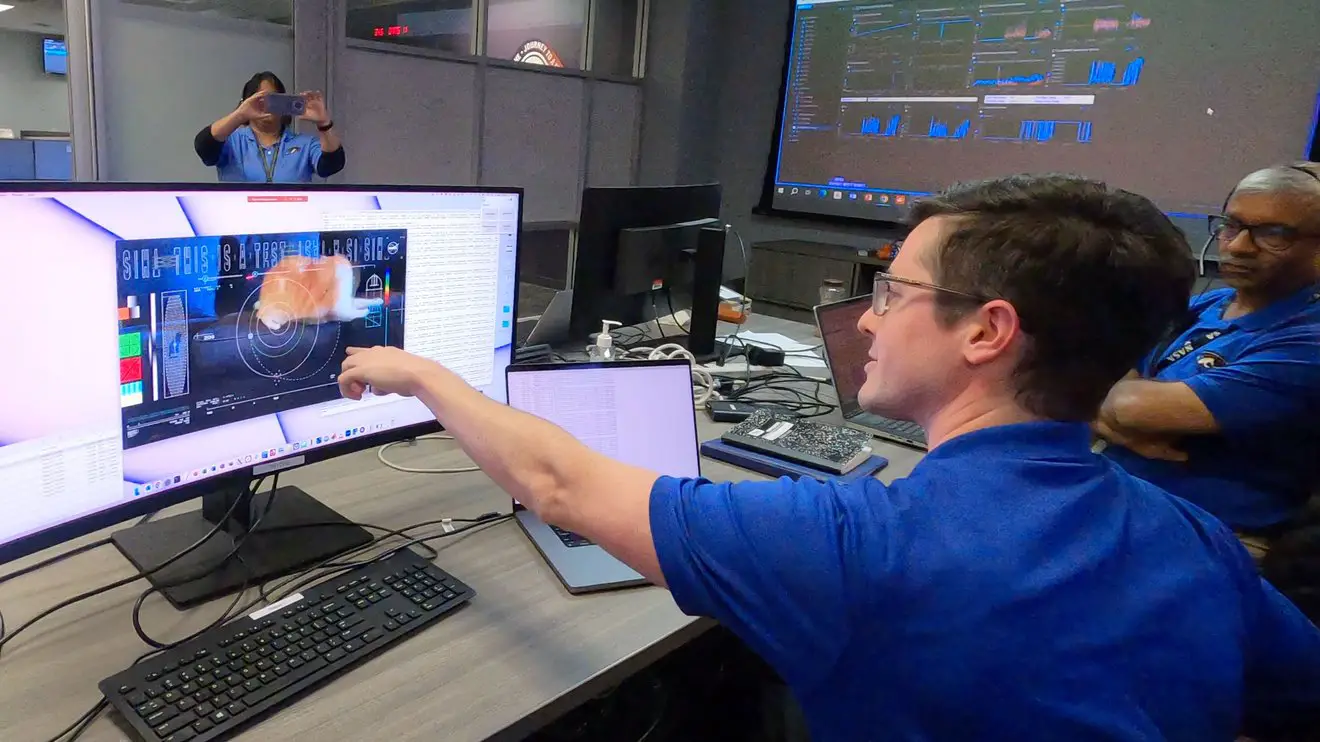
In a playful yet groundbreaking feat, NASA has successfully beamed a video of a cat from a spacecraft nearly 19 million miles away, using a powerful new laser communication system. This historic experiment, dubbed the Deep Space Optical Communications (DSOC) test, marks a significant leap forward in our ability to send data back from the farthest reaches of the solar system.
The Meow-mentous Transmission
The star of the show was Taters, an orange tabby belonging to a NASA engineer. His 15-second video, showcasing him chasing a laser pointer, was encoded onto a near-infrared laser beam and transmitted from the Psyche spacecraft to the Hale Telescope in California. The video, traveling at the speed of light, took just 101 seconds to reach Earth, demonstrating the incredible speed and efficiency of laser communication compared to traditional radio waves.

Why Cats, Why Lasers?
While the subject matter might seem lighthearted, the choice was deliberate. Videos require a lot of data to transmit, making them perfect for testing the capabilities of the new system. Additionally, cats have a universal appeal and are likely to capture attention, further highlighting the potential of laser communication for future missions.
What are the benefits of laser communication?
Laser communication offers several advantages over traditional radio waves, including:
- Faster data transmission: Lasers can transmit data at much higher rates, allowing for quicker downloads of scientific data and high-resolution images.
- Reduced power requirements: Lasers require less power to transmit a given amount of data, making them ideal for spacecraft with limited energy resources.
- Improved security: Laser beams are highly focused and difficult to intercept, making them more secure for sensitive communications.
What are the next steps for DSOC?
A: The success of this test paves the way for further research and development of laser communication technology. Future missions could utilize this technology to send back high-definition imagery from Mars, monitor distant asteroids, and even enable real-time communication with astronauts on deep-space missions.
Will we be seeing more cat videos from space?
A: While Taters’ starring role was a fun way to showcase the technology, future missions will likely focus on transmitting scientific data and images. However, who knows, maybe one day we’ll get a glimpse of Martian kittens exploring the Red Planet!
The Future of Communication:
NASA’s laser cat video is more than just a cute internet sensation. It represents a critical step towards revolutionizing our ability to communicate with the cosmos. As we venture deeper into space, reliable and efficient communication will be essential for scientific discovery and human exploration. With this successful test, the future of communication with the universe is looking brighter, and even a little bit meow-gical.



Comments